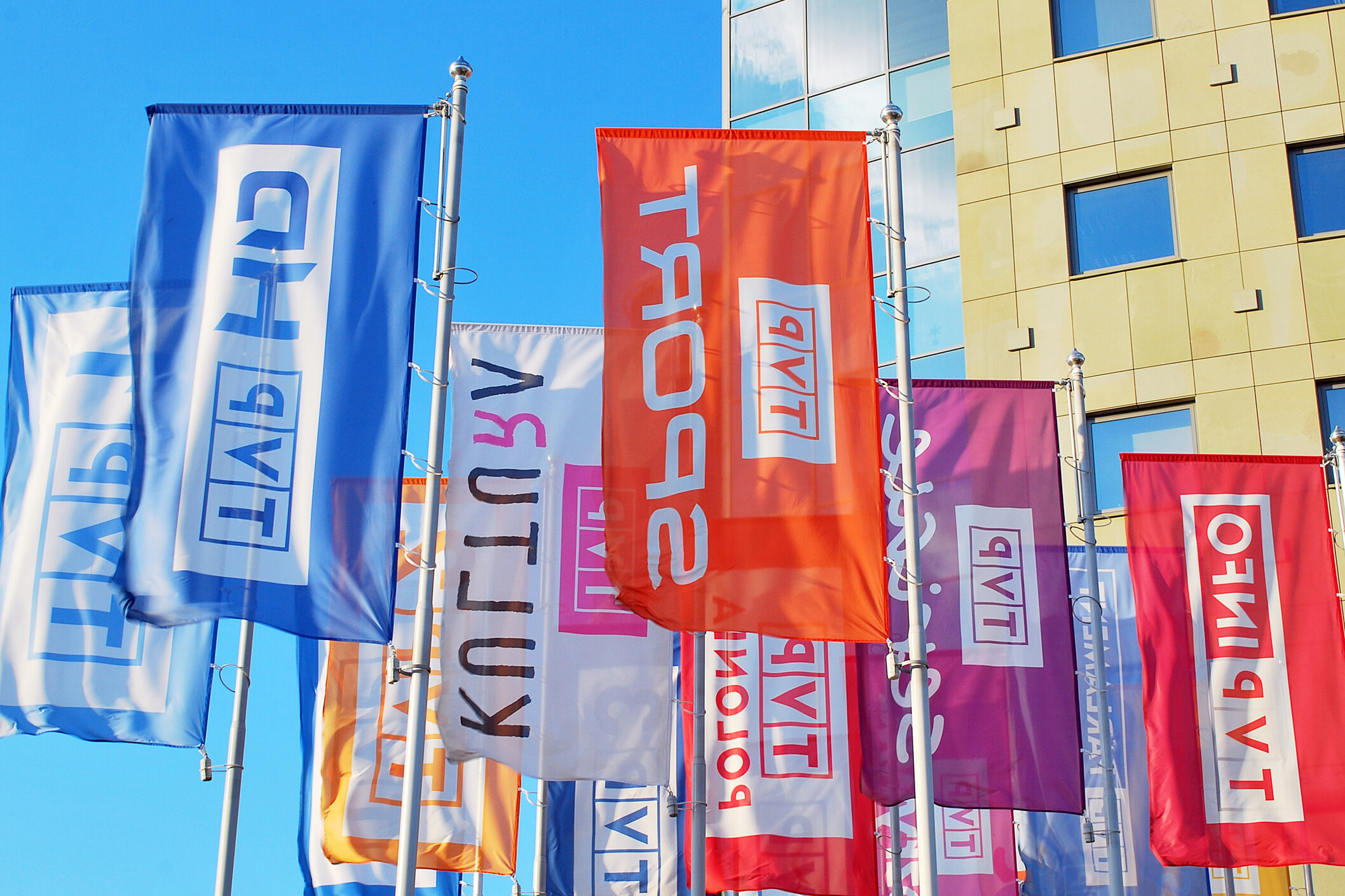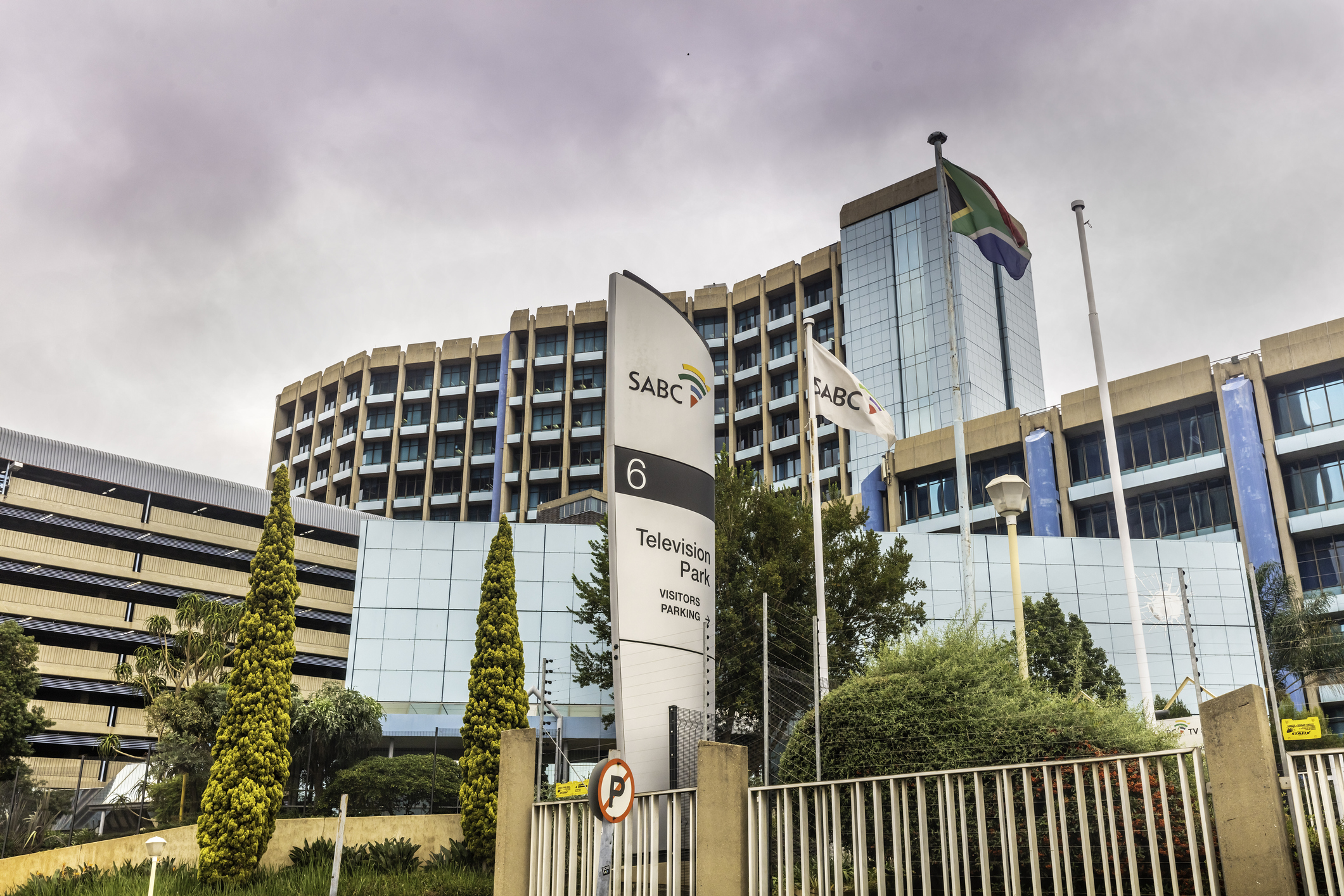Finland is renowned for its commitments to press freedom, and its national public broadcaster, Yle, maintains high levels of reach and trust among the Finnish public.
By Chloe Howcroft
Yet, despite recent achievements and an expansion of its services, the public broadcaster has been put under the spotlight as the government considers amending the Act on Yle. Such changes could have a detrimental impact on media pluralism and the ability for Yle to fulfil its public service remit.
In this Focus on PSM we explore recent news about Yle and the challenges it faces.
Background

With six nationwide radio channels, four television channels, 24 regional news offices and an on-demand service, Yle Areena, Yleisradio (the Finnish Broadcasting Company) is Finland’s national public broadcaster.
Since 2013, Yle has been funded by a special annual tax that is dependent on an individual’s income. “The current financing model safeguards Yle’s independence and ensures that the organisation is financed directly by its owners, Finnish taxpayers”, Yle explains on its website.
The broadcaster reaches approximately 96% of Finns every week and, according to the Reuters Institute’s 2020 Digital News Report, Yle remains Finland’s most trusted news source. Yle Areena was also recently voted “Finland’s most prestigious online brand.”
From an outward glance, it is notable that even while sharing a border that spans more than 1000 kilometres with a country notorious for influencing the spread of misinformation and disinformation, Finland could not be more different from neighbouring Russia when it comes to truth and transparency. While maintaining its 2nd place position in RSF’s World Press Freedom Index, with a strong “legal, institutional and structural basis for free media”, RSF describes Finland as the “land of the free press”.
New services and initiatives
In September, Yle launched Yle Språkskolan, a new language service that helps users to learn Finnish and Swedish via their website or a dedicated app. Users can watch Yle programmes with Finnish or Swedish subtitles and click on dictionary translations for words they don’t understand. The service was developed in collaboration with Språkkraft, a non-profit organisation, to help immigrants integrate into Finnish culture and society. This is a part of Yle’s wider public service remit to serve minority groups in Finland. According to a press release, 7.5% of the Finnish population speak a foreign-language as their first language.
At the end of August, Yle launched Yle Mix, which aims to provide news content specifically designed for children and young people. In a press release, Riikka Räisänen, Editor-in-Chief of Yle News and Current Affairs, explained: “It is important for a public service media company to produce news journalism for children as well. Children are smart and curious, and they want to follow world events, and they also need the opportunity to consume reliable and understandable journalism.” Yle Mix is available on platforms predominantly used by audiences within this demographic, namely YouTube and TikTok.
In recent years, Yle has made concerted efforts to combat mis- and disinformation in Finland and maintain high levels of media literacy among the public through a variety of campaigns, while making it part of their strategy to serve all audiences, including young people. Last year, Yle’s News Lab team developed “Troll Factory”, an online game that demonstrates to users how misinformation is spread across social media. Yle has also announced that its news and current affairs team are setting up a newsroom to serve audiences under the age of 30. The new editorial office will open in January 2021.
Watch: How Finland fights the fake news trolls (BBC)
The public broadcaster has also been experimenting with other technological offerings. Last month, it received the ‘EBU Technology & Innovation Award’ for its use of mobile journalism (MOJO). According to Yle, MOJO is widely used, particularly in regional reporting, due to its lightweight, ease of use and responsive nature. It has been frequently used during the COVID-19 pandemic as journalists work remotely.
Meanwhile, ahead of Finland’s 2021 spring municipal elections, Yle is offering ten commercial media outlets its ‘election machine’ – an online service that helps voters choose a suitable candidate based on a series of questions. According to the public broadcaster, “Yle’s election machine is just one example of the cooperation Yle does with commercial media. Yle currently cooperates extensively with the Finnish press.”
Yet despite efforts to increase collaboration with other media outlets, there has been recent deliberation about a new government proposal regarding the role of public media in Finland, which has brought concerns about competition with commercial media to the forefront.
Amending the Act on Yle
On 16 June, a proposal was drafted by the Ministry of Transport and Communications to amend the Act on the Finnish Broadcasting Company. The proposal looks to limit Yle from publishing text-only content on its website with only a few exceptions, such as breaking news alerts, unless primarily accompanied by audio-visual material. The Finnish public had until 31 August to submit comments about the draft proposal.
Moves to implement such a proposal date back to 2017 when the Finnish Media Federation filed a complaint with the European Commission questioning the appropriacy of public funding being used to publish text-only content on the public broadcaster’s website. According to Jukka Holmberg, CEO of the Finnish Media Federation, “YLE’s online operations do not meet the requirements of EU state aid regulations.” Since then, the complaint has sparked a wider debate about competition with commercial media outlets.
Yle’s CEO, Merja Ylä-Anttila, argues that “The world is not the same as it was when the complaint was filed… Of course, we proceed according to guidelines set down by our owner, but Yle has a major task in Finnish communications.” Merja added, “If we think, for instance, about the arrival of coronavirus in Finland, our online news played an important role.”
Indeed, during the early phases of the COVID-19 pandemic, the public broadcaster swiftly enhanced its coverage on its online news platform while also ensuring that multilingual information was made available for users “regardless of whether they know Finnish or not” said Riikka Räisänen. This included providing COVID-19 content in Arabic, Kurdish, Somali and Persian alongside its established in-language services (Swedish, English, Russian, Sámi and Sign Language, among others).
Yle’s position on the government proposal maintains that by allowing the public broadcaster to publish text-based content, it can fulfil its public service remit by adapting its content to be accessible for audiences who are hard of hearing (HOH), have language difficulties or need information provided in a different language. As well as this, text-based content helps to strengthen media pluralism in Finland by encouraging a plethora of outlets to publish diverse content. According to the broadcaster, the Act “explicitly states that text-based content publication is part of Yle’s remit.” In addition, the broadcaster stated:
“Yle’s nationwide regional news coverage, which produces regional equality, also requires publishing text based content. Excessive restrictions would also impair Yle’s ability to fulfil its security of the supply function…The text based content published by Yle ensures the fulfilment of freedom of speech and the diversity of media services.”
Yle management also argued that by removing the broadcaster’s abilities to publish text-based content, it could also have a significant impact on “Investigative journalism published in textual form.”
If approved, the amendment is likely to come into force next year.
100 years of Yle
In 2026, Yle will mark its centenary. Ahead of the celebrations, Yle’s Board of Directors have ordered an external assessment of its independence. While objectivity, impartiality and equity are key principles of Yle’s public service programming, independence “is a very recent concept of value in Yle’s journalism”, which the organisation is committed to monitoring regularly. Its previous independence assessment was conducted in 2017.
Earlier this year, Yle launched a new strategy titled ‘Common to all, everyone’s own’. Among several priorities, the strategy places a particular focus on diversity of content, ‘audience relationship’ and ‘personal user experience’ as it looks to improve on serving and remaining relevant to its audience as the media industry continues to evolve
Header Image: Helsinki, Finland – Pasilan linkkitorni, also known as Yle Transmission Tower. Credit: Lev Karavanov/iStock
Related Posts
11th August 2020
Focus on PSM | SABC facing significant challenges in its 84th year
As South Africa’s public broadcaster…



